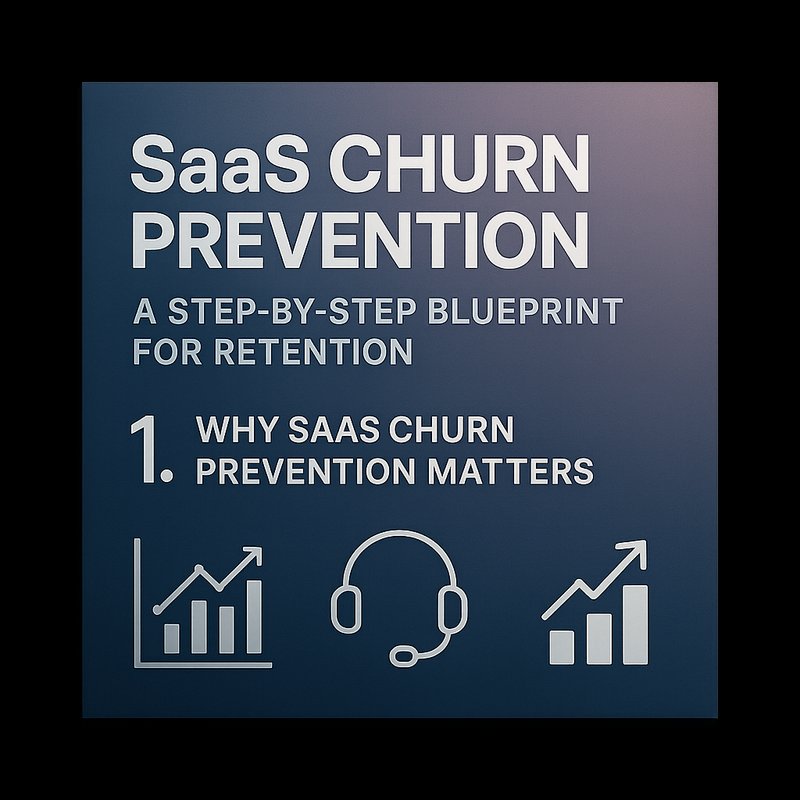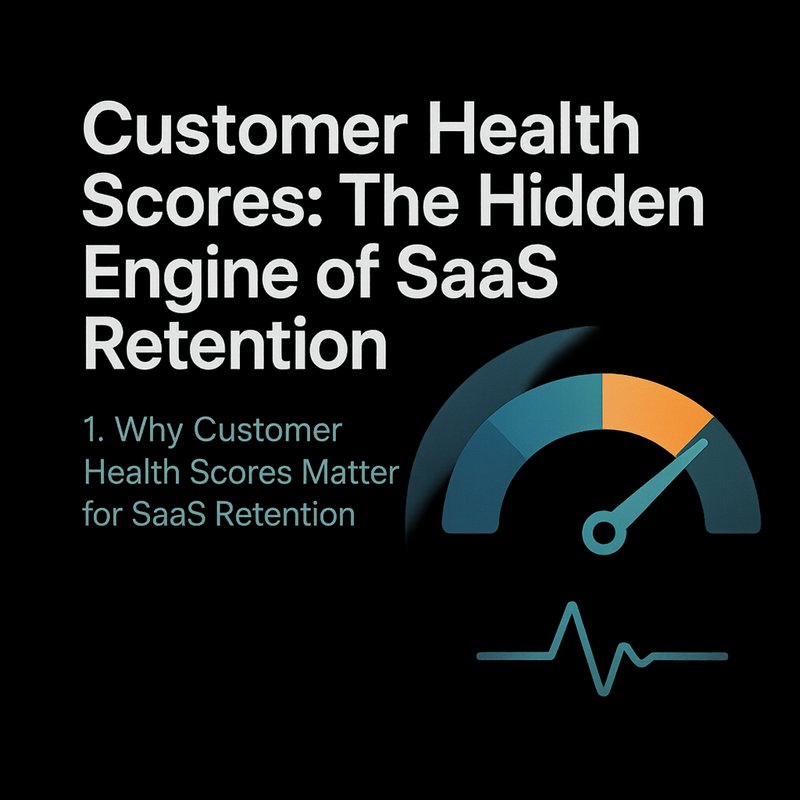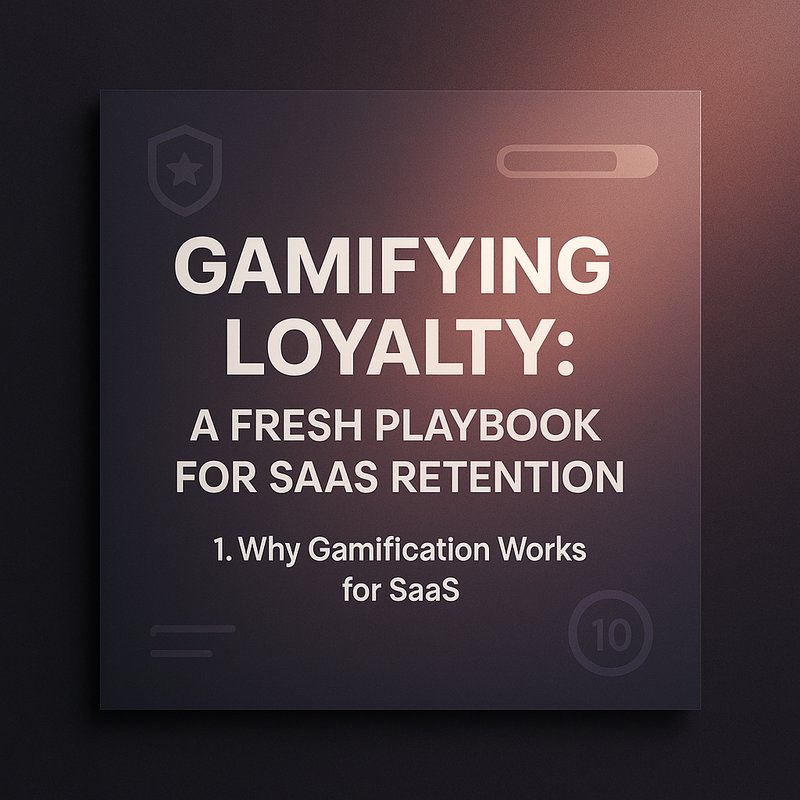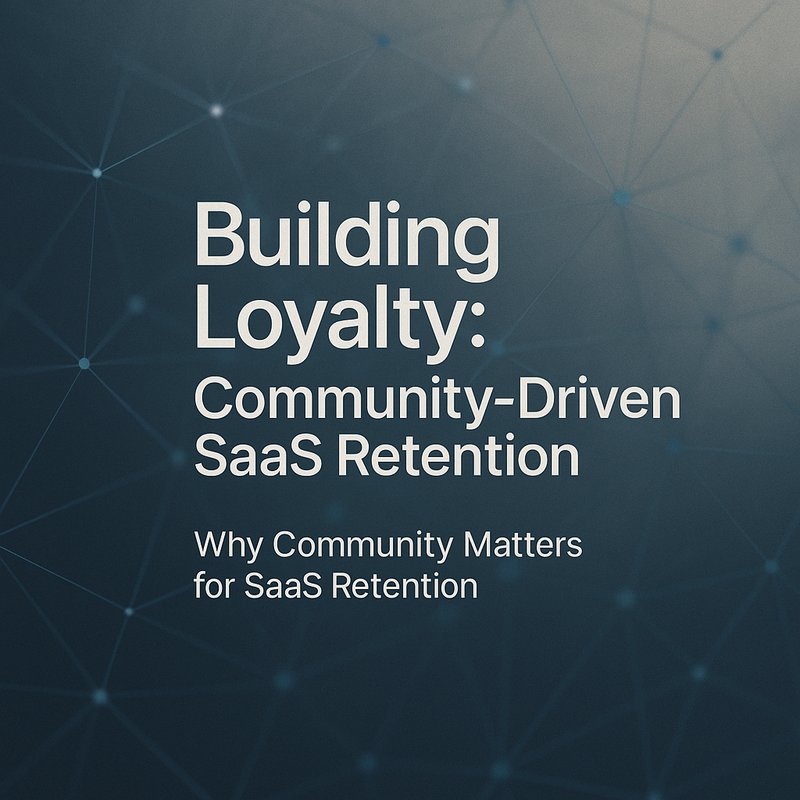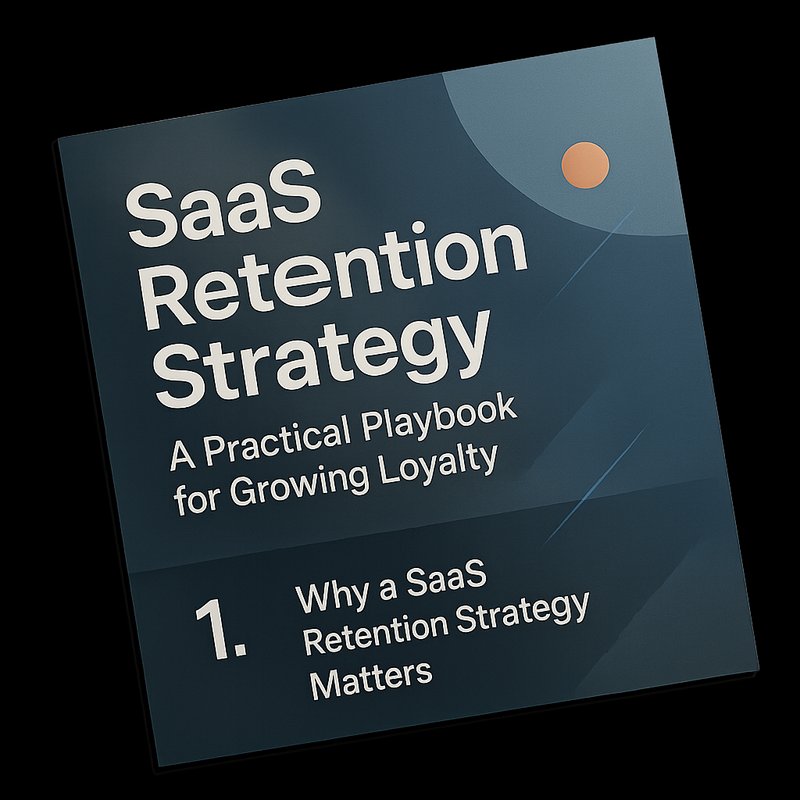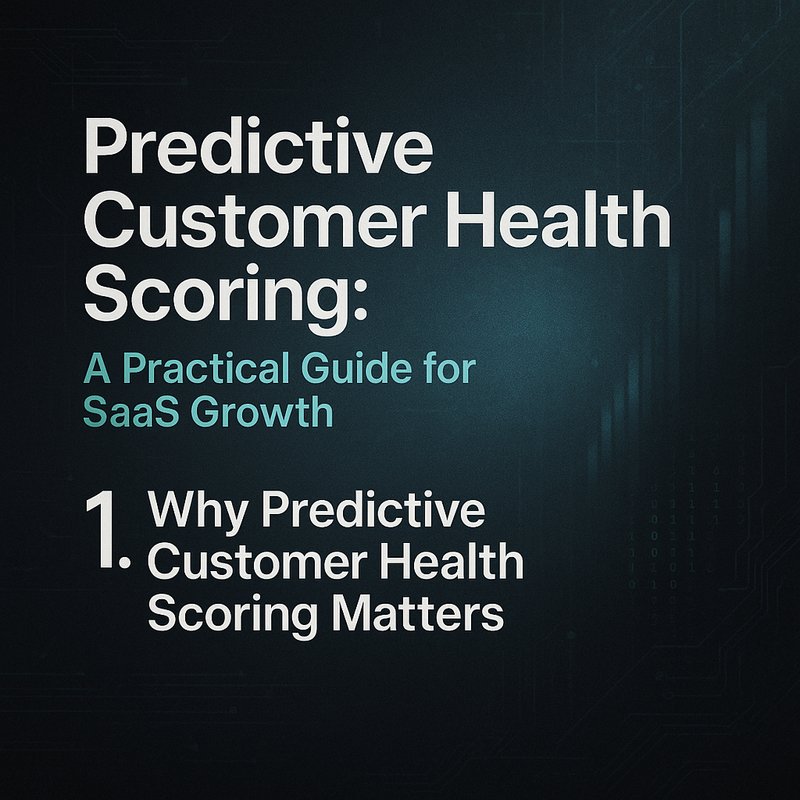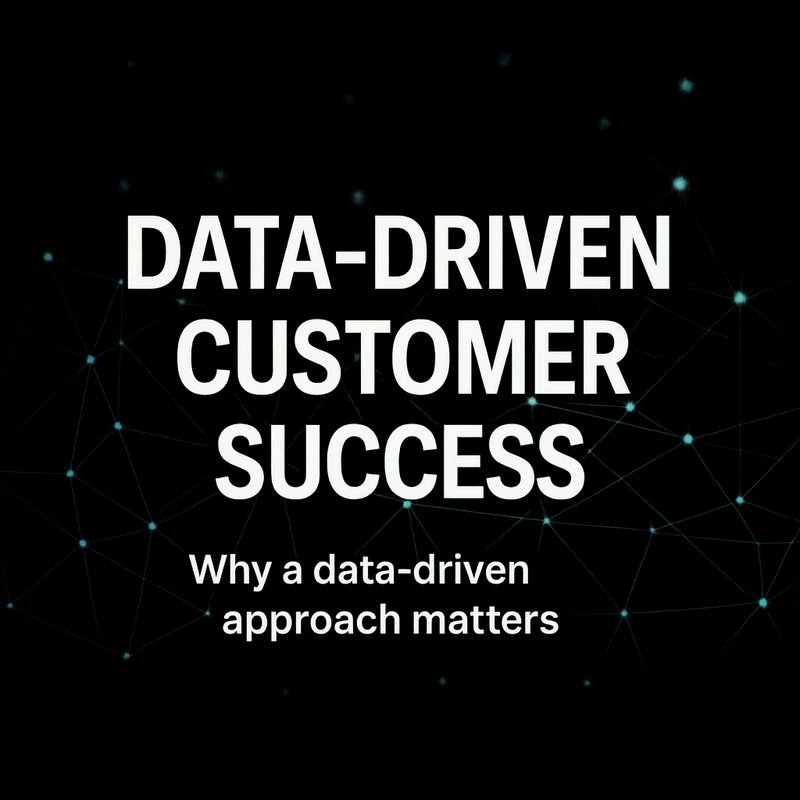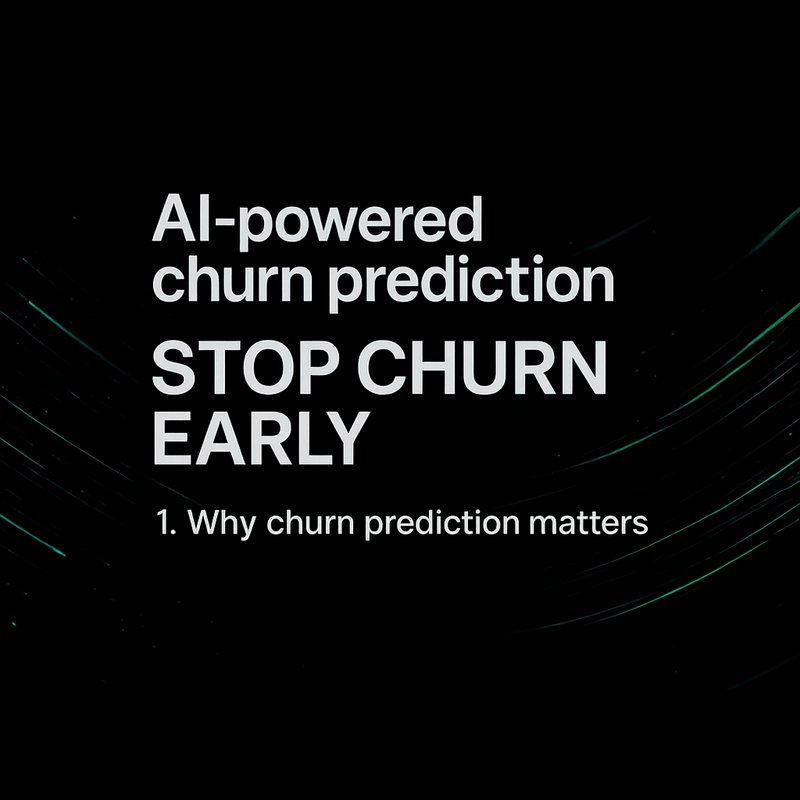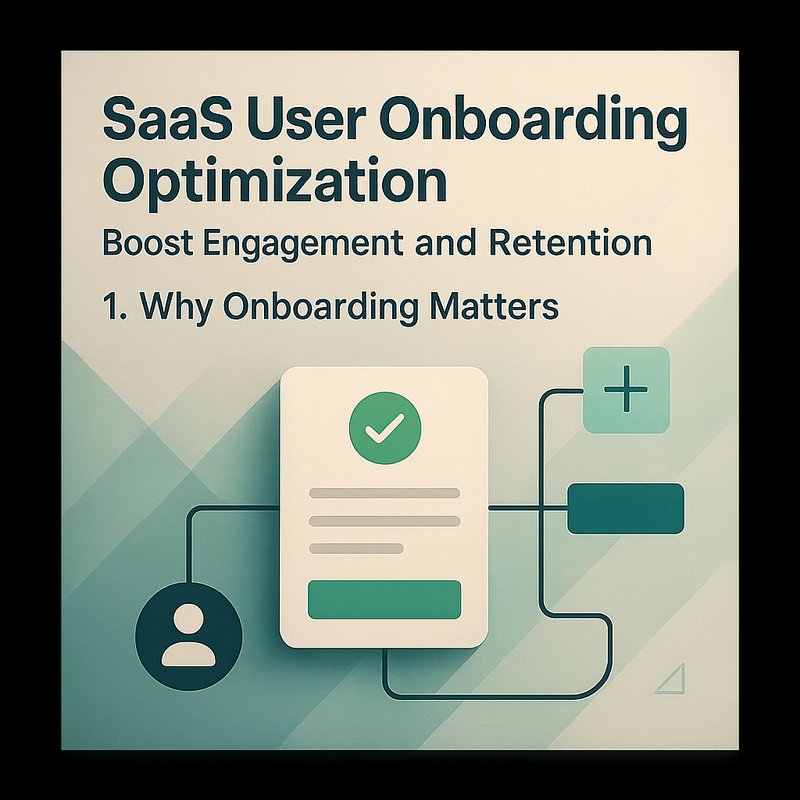SaaS churn prevention is the art of keeping customers on board and turning them into long‑term advocates.
When you can spot a warning sign before a user cancels, you can act fast and save revenue.
This guide walks you through the exact steps you need to build a churn‑prevention system that works for any subscription business.
You’ll learn how to collect the right data, build simple models, automate outreach, and measure impact—all without writing a single line of code.
Let’s dive in.
1. Why SaaS Churn Prevention Matters
SaaS churn prevention is more than a buzzword.
It’s a measurable way to keep your cash flow steady and grow your customer base.
If you can reduce churn by just 5 %, you’ll see a noticeable lift in ARR.
That’s why many companies invest in churn‑prevention tools and teams.
But the good news is you can start small and scale up.
2. Laying the Groundwork
2.1 Identify the Key Drivers
The first step is to know what drives churn in your product.
Common drivers include:
- Low product usage
- Payment issues
- Poor experience
- Lack of support
You can discover these drivers by asking your customers directly or by looking at data.
A quick survey or a simple NPS question can reveal a lot.
If you already have a data warehouse, pull the relevant logs.
2.2 Build a Simple Data Pipeline
You don’t need a fancy ETL tool.
A few scripts that run nightly can pull data from your product, CRM, and support system.
Store the data in a single table so you can join on customer ID.
If you’re using a cloud warehouse, a tool like Neura Router can automate the pull.
Once the data lands, clean it: remove duplicates, fill missing values, and standardise dates.
2.3 Create a Churn Risk Score
A churn risk score is a single number that tells you how likely a customer is to cancel.
You can start with a simple weighted sum:
Churn Risk = 0.4 * (Low Usage) + 0.3 * (Payment Issues) + 0.2 * (Support Tickets) + 0.1 * (Low NPS)
Each component is normalised to a 0‑1 scale.
If the score is above 0.6, flag the customer as at‑risk.
You can refine the weights later as you learn what matters most.
3. Turning Data into Action
3.1 Automate Health Checks
Set up a nightly job that calculates the churn risk score for every customer.
If the score is high, add a flag in your CRM.
You can use a simple rule engine or a lightweight ML model if you have enough data.
The key is to have a fresh score every day.
3.2 Trigger Targeted Outreach
When a customer is flagged, send a personalized email or in‑app message.
Keep the tone friendly and offer help.
Example:

“Hey [Name], we noticed you haven’t logged in for a week. Is there anything we can do to help you get the most out of [Feature]?”
Use a tool like Neura ACE to draft the email, insert dynamic fields, and schedule the send.
If the customer doesn’t respond, follow up after a few days with a different angle.
3.3 Offer Upsell Opportunities
If a customer is using a feature that is only available in a higher tier, send a gentle upsell email.
Show them the benefits of the next plan and how it aligns with their usage.
Make sure the offer is relevant and not a generic discount.
3.4 Build a Feedback Loop
After each outreach, record the outcome.
Did the customer log in again?
Did they upgrade?
Did they leave a positive NPS?
Feed this data back into your model to refine thresholds and messaging.
4. Measuring Success
Track these metrics after implementation:
- Churn Rate – Did it go down?
- Retention Lift – How many at‑risk users stayed?
- Revenue Impact – Did the discount or help reduce revenue loss?
- Model Accuracy – Is the churn probability still reliable?
Create a dashboard in Google Data Studio or Metabase to visualise these numbers.
Set alerts if churn spikes again.
5. Common Pitfalls and How to Avoid Them
| Pitfall | Fix |
|---|---|
| Too few data points | Gather at least1,000 customer records before training |
| Ignoring feature importance | Review model coefficients or importance scores |
| Over‑relying on discounts | Combine incentives with product improvements |
| Stale model | Retrain monthly to capture new patterns |
| Generic outreach | Personalise with user name and specific feature references |
6. Integrating with Your Existing Stack
If you already use Google Analytics, pull event data into your churn model.
If you’re on Meta’s advertising platform, correlate ad spend with churn.
Amazon CloudWatch can help monitor backend performance that might affect churn.
Neura Router Agents can pull data from multiple sources, run the model, and push results back into your CRM or email system.
7. Quick Implementation Checklist
- [ ] Collect usage, payment, support, and survey data
- [ ] Clean and normalise the data
- [ ] Build a churn risk score formula
- [ ] Automate nightly score calculation
- [ ] Set up outreach triggers for high‑risk customers
- [ ] Offer upsell emails for engaged users on lower plans
- [ ] Record outcomes and refine the model
- [ ] Monitor key metrics and iterate
Follow this checklist and you’ll have a churn‑prevention system up and running in a few weeks.
8. Final Thoughts
SaaS churn prevention isn’t a one‑time project; it’s an ongoing.
By turning raw data into a clear, actionable number, you can keep more customers, reduce acquisition costs, and grow revenue.
Start small, test, and scale.
Your customers will thank you, and your bottom line will too.
